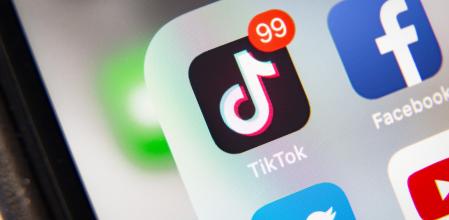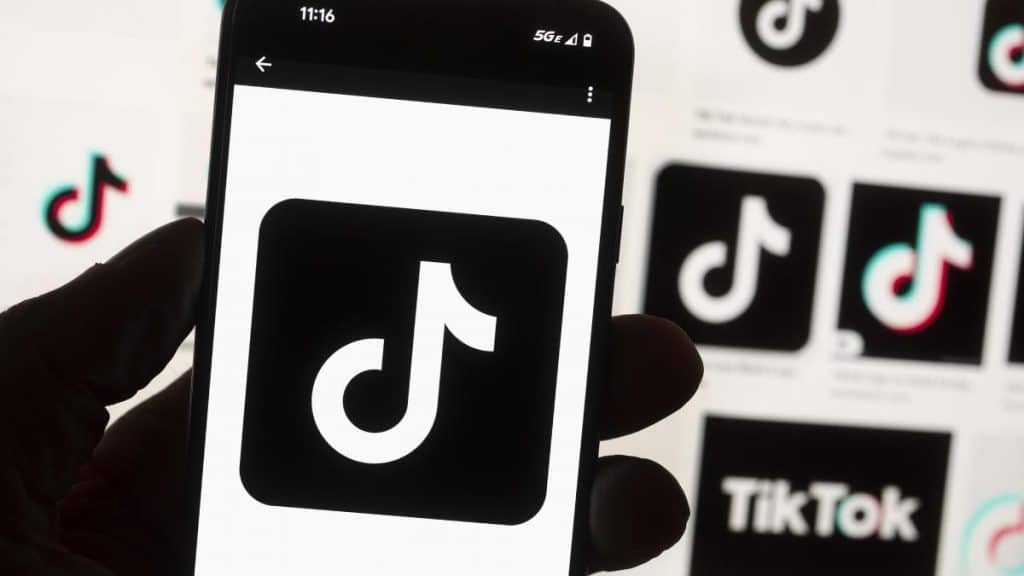TikTok is a hit among young people, who have fun watching one of the millions of short videos that circulate on the platform. And the Spanish spend hours diving into its content. Exactly 96 minutes a day, more time than on any other social network, according to Qustodio’s annual study From Alpha to Zeta, educating digital generations.
Young people spend too much time in front of the screens, acknowledges even TikTok, which has just announced new features focused on the well-being of adolescents and families, among which is a system that will alert users under 18 years of age that they have reached 60 minutes of daily use, at which point they will have to enter a number in the application to continue using it. Same limit for children under 13: one hour a day.
Also read Judit Castaño

“While there is no collectively supported position on the ‘right’ amount of screen time or even the impact of screen time in general, we consulted current academic research and experts at the Digital Wellness Lab at Boston Children’s Hospital in choosing this limit. . If the 60-minute limit is reached, teens will be asked to enter a passcode to continue watching,” explains TikTok’s head of trust and safety, Cormac Keenan.
If any of these users wants the additional thirty minutes, they will have to go to the father, mother or guardian, who must enable them for this additional viewing time. It will also send each teen a weekly notification with a summary of her screen time. In addition, it has announced the integration of three new features in the Family Synchronization tool.
TikTok
This is how the time limitation will work

1
How much time can I spend on TikTok if I’m a minor?
In the coming weeks, although the platform has not specified a date, each account belonging to a user under the age of 18 will automatically be set to a daily screen time limit of 60 minutes. If that limit is reached, teens will be asked to enter a passcode to continue viewing, “requiring them to make an active decision to extend that time.” That time will only be 30 minutes. And the same rule will apply to those under 13 years of age.
With this measure, the platform intends to urge “adolescents to set a daily screen time limit” and better manage their time in front of these devices. However, the social network has not detailed how it will ensure compliance with this new standard.

2
Notices and other ways to manage time
In addition to that time limit, TikTok will send each teen account a weekly inbox notification with a summary of their screen time. Users will also be able to set their own custom screen time limits for each day of the week and set a time to silence notifications, sort of like an alarm.

3
Family Synchronization or reinforcement of parental veto
TikTok asks for the complicity of parents in this task: “When adolescents need support, parents or caregivers are often the first people they can turn to, which makes them one of our most important partners.”
It has designed its Family Synchronization or Family Pairing plan for them. Parents will be able to set personalized daily screen time limits, which can be modified depending on the time of year (exams, classes, holidays…). It will also offer a breakdown of the total time spent during the day and night.
Finally, those responsible will have the option to silence notifications, establishing a time to silence the notifications of their adolescent children. A full-fledged ‘do not disturb’.
The announcement of these new features coincides with a delicate moment for Tiktok, when institutions and governments put the platform in the crosshairs for security. The European Union (EU) has decided to ban the Chinese application on the corporate phones of its workers and MEPs, in addition to recommending that it not be installed on personal devices, in view of “cybersecurity concerns.”
Community institutions thus follow the American example. On February 28, the White House announced that it was giving US federal agencies thirty days to remove TikTok from all government electronic devices.


